There’s been a lot of talk lately about eggs and layer hen welfare. And no wonder, with approximately 5.3 million hens in Australia still confined to battery cages, but also, a permanent shift away from battery cages on the table. After more than 7 years of review the national animal welfare Standards and Guidelines for Poultry have been finally finalised with a confirmed phase out date for battery cages.
But what does this mean for egg buyers? Australians know that cage eggs come from layer hens reared in poor welfare conditions, and that higher welfare simply can’t be achieved in a battery cage – that’s why nearly 8 in 10 Australians oppose the use of these barren wire cages. But it’s not always clear what the alternatives are. When people think of higher welfare, there’s often a strong focus on outdoor access and stocking density. While these are important aspects, there are many other factors we need to consider when keeping layer hens happy and healthy.
What does a layer hen need for higher welfare?
Curious and intelligent, layer hens love to socialise and explore their surroundings. For higher welfare, hens need an enriched environment with space to move freely and perform natural behaviours, such as dustbathing and foraging in quality litter, and places to perch, which encourage movement and helps strengthen their bones. It’s also important for layer hens to feel comfortable and safe within their surrounds and protected from diseases. Hens even when reared in free-range systems spend a lot of time inside a shed, so the quality of the indoor environment is a key component to ensuring higher welfare.
A well-managed indoor housing system can provide all a layer hen needs for improved welfare and is a very good alternative to a cage housing system. Indoor systems can also benefit hens by providing protection from weather elements, predators, and disease transmission. Barn-laid eggs are also a better option for budget conscious consumers wanting to shop with animal welfare in mind and support better welfare for layer hens.
But free range is best, isn’t it?
The label of ‘free range’ can conjure up an image of layer hens living in a natural environment, roaming in paddocks, and experiencing higher welfare. On a well-managed free-range farm this is largely the case. However, not all farms are managed so well, and having access to the outdoors does not always mean better welfare if adequate space and shelter, palatable vegetation, and a secure, maintained range are not provided. To carry the label of ‘free range’ in Australia, producers are only legally required to provide meaningful access to an outdoor area with some form of shelter and an outdoor stocking density of up to 10,000 layer hens per hectare. There are no specific legal requirements for the amount shelter or other provisions to make the outdoor area inviting to encourage layer hens to use it. In addition to the quality of the outdoor area, the indoor environment for free-range hens is just as important for better welfare. These important inputs remain at the discretion of the producer, so it is always best to seek further information directly from them where possible. In some cases, a well-managed indoor system can provide better welfare than a poorly managed free-range system.
What about RSPCA Approved?
Layer hens on farms with RSPCA Approved certification are reared with all the important provisions described above, with farms adhering to 218 Standard requirements to ensure better welfare for hens. Egg farms with the RSPCA Approved certification are regularly assessed by specially trained RSPCA Assessors, to ensure the Standard requirements continue to be met by farmers prioritising higher welfare for their layer hens. The RSPCA Approved Farming Scheme Standard for layer hens allows for enriched indoor and outdoor housing that meet both physical and mental needs of the birds. Currently however all RSPCA Approved eggs available in Australia are from free-range producers.
Of course, choosing any cage free option instead of cage eggs is an improvement for layer hen welfare, whether that be barn laid, free range or RSPCA Approved. Every purchase of an animal-based product like eggs, is a vote for the farming system that produced it and making an impact for animals doesn’t always mean purchasing boutique products. For those that are budget conscious, making the choice to purchase barn-laid eggs is a positive step towards improving layer hen welfare and sends a strong message that Australians are more than ready to say bye, bye to battery cages.
Interested in reading more? Cracking Egg Labelling or How to choose higher welfare, no matter your budget

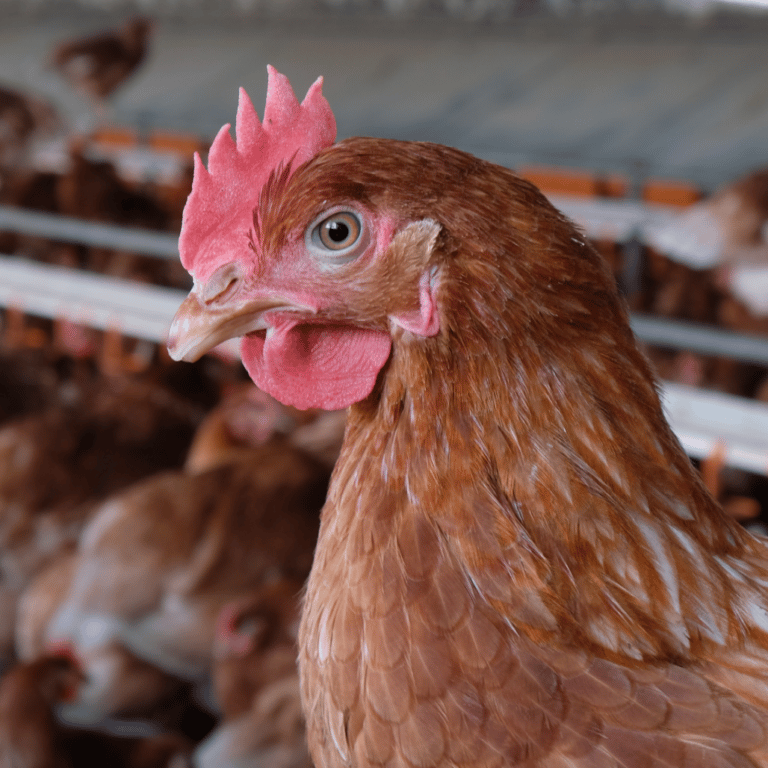
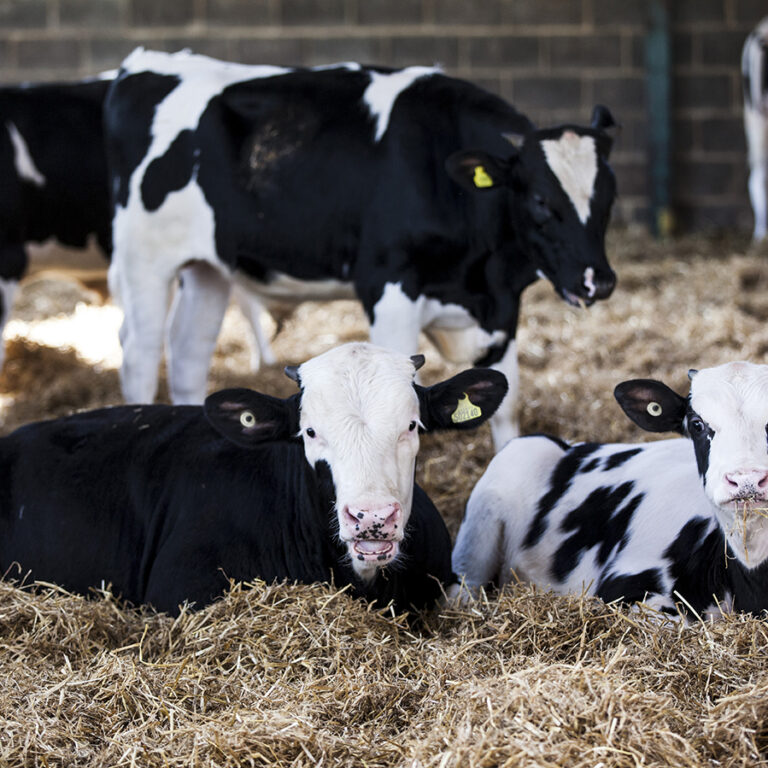
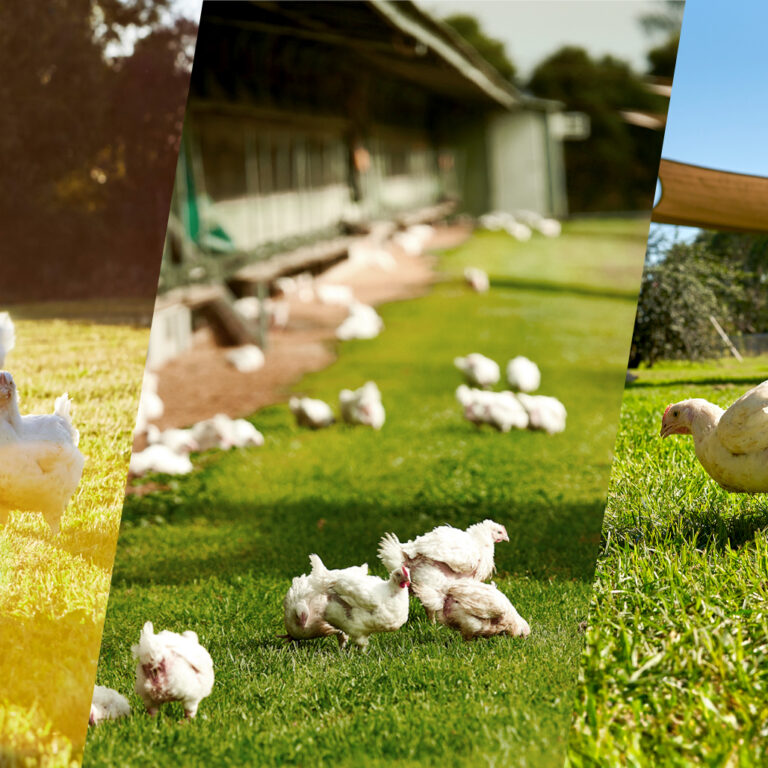
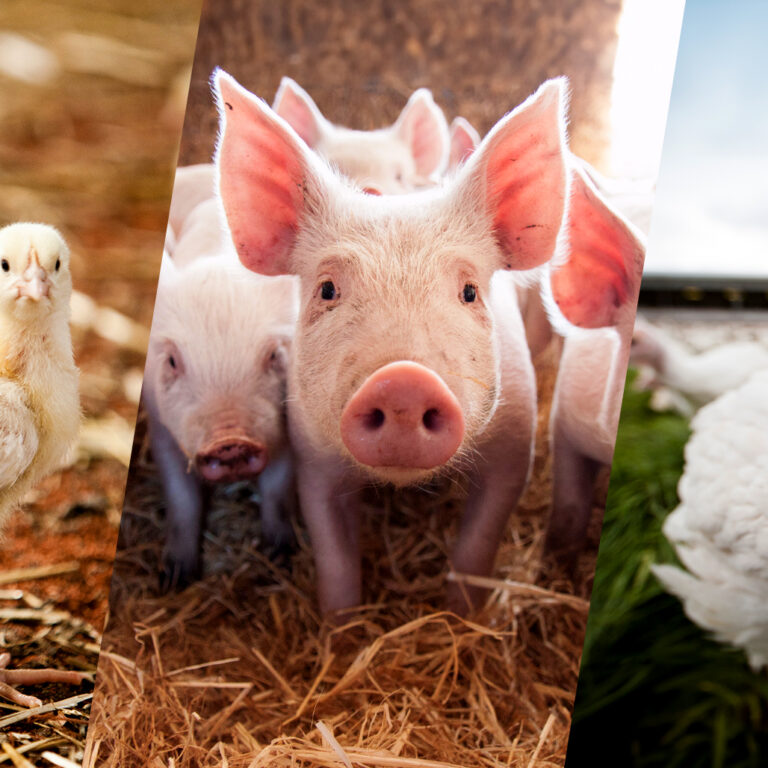
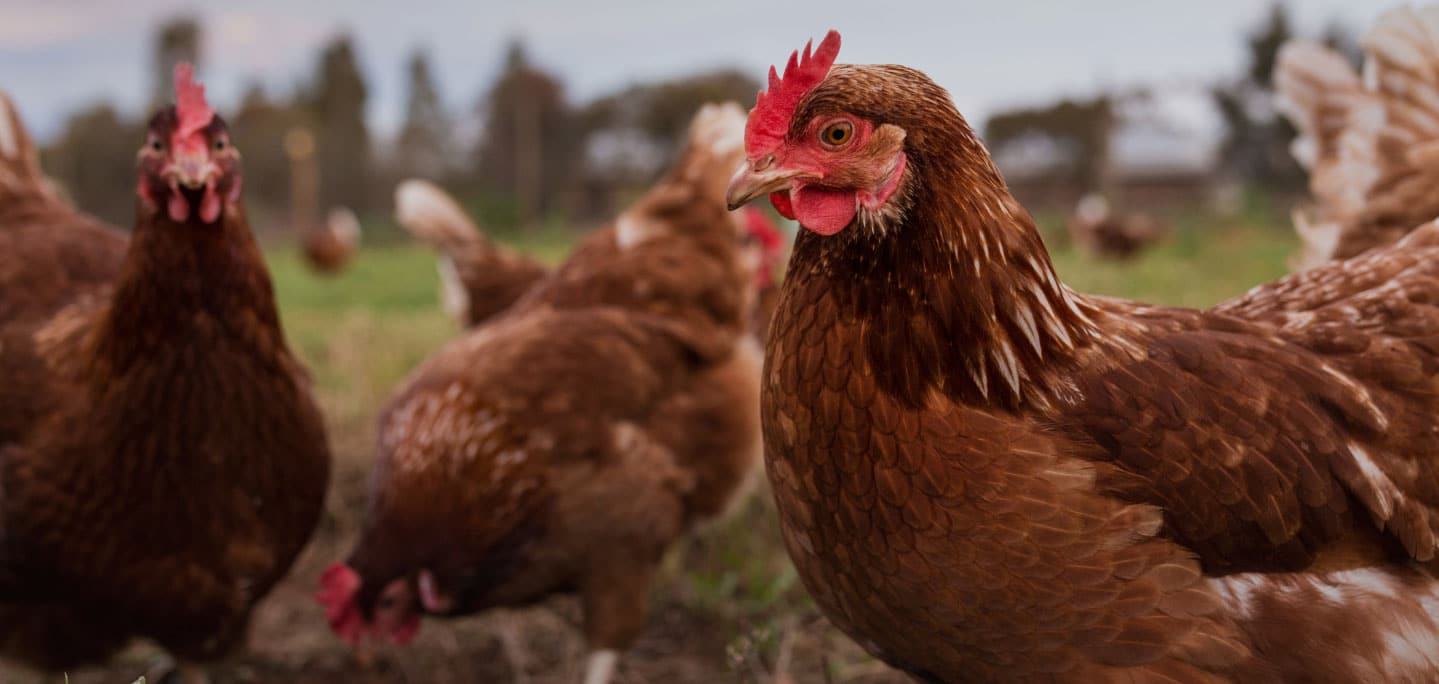

12 Comments
12 responses to “Barn-laid eggs: what are they all about?”
A really good informative piece on chicken welfare!
Didn’t know that free range doesn’t always mean what we think free range is ! Can be so much more confined ! We need to stop unfair practices & protect our animals to a much better humane quality to their habitat
It’s a long slow journey for the regulations to improve welfare to be implemented. I always look for the absolute minimum of birds per hectare for my eggs I buy from the local fruit shop. My other concern is what happens when the birds leave the farm gate for processing.. what is being done to improve their treatment in their final moments. ?
I think the RSPCA does a magnificent job in its mission and needs as much support as we can give.
Hi Marjorie,
Thank you very much for your support and for keeping layer hen welfare top of mind when choosing your eggs. It’s always wonderful to hear from people who care about animal welfare.
You are absolutely correct that when it comes to animal welfare, an animal’s entire life cycle is important – which includes transport and slaughter in a way that minimises pain, suffering, and distress.
This is a big part of the RSPCA’s work across many different species, and we continue to work with industry to see animal welfare improved when it comes to transport and slaughter. For egg-laying hens, this includes things like ensuring that operators are appropriately trained and competent, that birds are stunned before slaughter (vital to ensure best animal welfare practice as there are much greater risks of an animal suffering during slaughter without stunning), and that CCTV is present in any areas where live birds are handled or processed at abattoirs.
As part of the RSPCA’s Standard for layer hens, we also outline further requirements for producers to meet when it comes to transport and slaughter if they wish to go above and beyond what is assessed as part of the certification. You can read more about these requirements on the RSPCA Approved website.
We hope this information has been helpful Marjorie, thank you for caring about hen welfare.
Yes, it was very interesting to learn that barn-laid eggs are smarter choice and I definitely will be opposing in every way producing eggs in battery cages. And also I didn`t know that the Australian law doesn`t actually specify outdoor requirements for free-range laying chickens… This is something they need to look into to improve little chickens` welfare!
Hello Anastasia,
We agree there need to be more legal requirements for provisions for layer hens, both in free-range and barn-laid farming systems. RSPCA Australia will continue to advocate for improved welfare standards in Australia.
This is also why the RSPCA Approved Farming Scheme was created, as a solution for those producers and brands that want to see farm animals are raised in higher-welfare environments with standards that go beyond what’s legally required.
That’s the reason I only buy free range eggs from 1500 hens per hectare farm. What is the space RSPCA approved barn raid hens have? How about having a sunlight on their body?There is no information in the article.
Hi Yoshie,
Thank you for caring about layer hens and choosing to shop with animal welfare in mind.
The indoor stocking density for hens on farms meeting the RSPCA Standard is a maximum of 7 birds per m2 in single floor-based barns and a maximum of 9 birds per m2 in multi-level barns. For comparison, the legal space allowance indoors for either barn or free-range farming systems is a maximum of 15 birds per m2. As hens often choose to spend most of their time indoors even on free-range farms, the conditions inside the barn are just as, if not more important, than the outdoor area provided. The RSPCA Standard for layer hens has over 200 requirements for hens on farm. If you would like to read further, the RSPCA Approved standards linked in the blog, along with supplementary information can be found on the RSPCA Approved website.
The title of the article is “Barn laid eggs: what are they all about?” Yet the article never addresses this question! It’s just one long preamble about free-range, then it ends right when I was expecting the article proper to begin. Another missed aspect in this story is what feed is used. Feed has a massive impact on the health of the chickens as well as the quality of fats and protein in the eggs they lay.
Hi Nathan,
Thank you for your comment.
Many Australians know about free-range eggs, but often don’t know a lot about barn-laid (cage-free) eggs or why they can also be a good choice for those wanting to purchase products with animal welfare in mind, but may not be able to afford, or have ready access to, free-range eggs. This blog covers the fact that there are a lot of components necessary for good layer hen welfare when kept indoors, including space, quality litter, enrichment, and the ability to perform natural behaviours, and as further noted in the article, a well-managed barn-laid system can provide all a hen needs for good welfare. The article speaks to the bigger issue of battery cages and why choosing to purchase cage-free eggs, whether they are barn laid or free range, has a positive impact for layer-hen welfare.
You are certainly correct that good nutrition is important for layer hens, and this does vary between producers. Egg producers that farm to the RSPCA Approved Standard for Layer Hens must ensure feed is available in sufficient quantity and quality to meet the birds’ requirements.
Thanks again for sharing Nathan.
Had the large supermarkets (e.g. Coles, Woolworths, etc.) refused to sell caged eggs, the battery hen atrocity would have ended long ago. Politicians have failed these animals by simply refusing to stop this abuse and allowing uncaring producers to continue confining hens to an A4 page. This inaction has gone on for years despite this industry being on the nose for a very long time. Producers who continue to profit from caged hen abuse have simply relied on politicians to allow them to continue on this course. I fail to see why a phasing out period should apply to these people when they have known for a long time that eventually their continued animal abuse will end. Later rather than sooner, I just hope battery hens will no longer be confined and abused as they have unnecessarily been for years.
We can all reduce massive animal suffering by not buying these products. Chicken suffer in battery cages, transportation to and in slaughter houses.
Hi Suzette, thanks for your comment and your interest in layer hen welfare. In particular, the RSPCA is strongly opposed to the use of battery cages for layer hens, and has campaigned for a legislated phase out of these cages for many years.
For more information about some of the animal welfare issues with layer hen farming, including transportation and slaughter, you can visit the RSPCA Knowledgebase:
What are the animal welfare issues with poultry slaughter
How are layer hens farmed in Australia